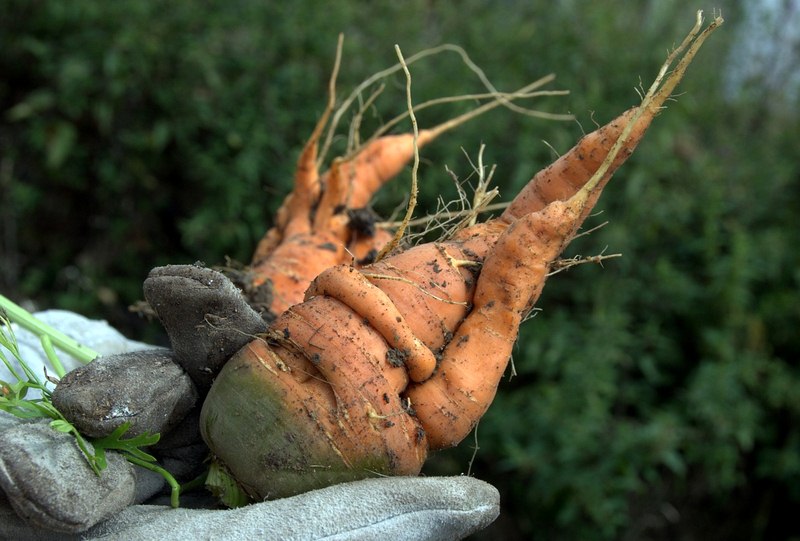Being a rich source of essential vitamins, minerals, and dietary fibre, and having less fat, calories, sodium, and sugars, vegetables are a healthy staple in the American diet. This also makes them very popular among the country’s commercial growers as well.
The latest available statistics from the United States Department of Agriculture’s Census of Agriculture notes that fruit and vegetable sales in America rose to as much as $16.9 billion in 2012, a 15% percent increase since the survey of the last decade, with the line-up of major harvest crops being potatoes, sweet corn, tomatoes, lettuce, snap beans, green peas, onions, broccoli, and watermelons.

The best-case scenario for the American agricultural sector is for these numbers to keep rising, as indeed they have with the rise of smarter farming technologies, economic growth and investment in commercial agriculture, and the choices of Americans to opt for healthy, sustainable, and environmentally friendly lifestyles.
But worst-case scenarios can also play out: low yields and low quality of crops due to fluctuating weather and climate conditions, or even the spread of harmful pests and diseases due to bacterial and fungal agents.
From a management perspective, it is important to determine some of the best practices to employ in order to retain the health of your commercial vegetable crops. This way, you can also nurture your gains in terms of harvest yield and revenues. Here’s our compilation of five actionable tips.
One of the most important factors toward preserving the health of your crops is field site selection, as it pre-emptively narrows down a number of foreseeable production problems. In particular, you should pay attention to the field’s topography, ensuring that the land you plant on is flat (in most cases), drained of excess water, and not populated with rocks or stray roots.
Field site topography is an easy map to follow with regard to planning your planting, harvest, irrigation, and maintenance activities.
Obviously, water sources and water management are key to sustained crop growth. Luckily, a lot of new technology is on the side of local farmers who want to scale up their business operations. One such solution comes in the form of aerial spectral imaging for water stress detection.
Employing the hi-res images captured by this technology, farmers can have a macro or bird’s eye view of the field’s overall irrigation situation—which sections are over-watered or under-watered and are thus a threat to the commercial viability of the crops, and which areas are experiencing failures in water delivery.
Beyond this, some other important things to be measured as far as water is concerned are water quality and salinity, and how vulnerable your field may be to future drought stress.
Read Also:
Belligerent pests and weed growth and the spread and festering of disease pathogens are serious threats to your vegetable’s health and viability.
You should be able to counter the incidence of pests and disease outbreak in a pre-emptive manner by using technology for early diagnosis, as well as from a curative standpoint, e.g. the judicious use of pesticide, fungicide, and other strong chemicals, and the pruning and culling of diseased crops.
Among the seventeen necessary nutrients for plant growth, the most important macronutrients are nitrogen (N), potassium (K), and phosphorus (P).
Of course, the key medium for these nutrients in your soil. We suggest improving your soil situation by commissioning a laboratory with a soil testing speciality to assess your soil. Among the properties that can be assessed are the soil’s bulk density, water holding capacity, aggregate stability, pH levels, organic matter composition, enzymes, disease suppressiveness, and the like.
In this regard, an approach that maximizes both revenue and harvest sustainability is to choose wisely, and widely, with your crops. First, we recommend investing in resilient crop varieties that are able to best combat disease strains and to plant more than one type as the harvest season changes.
Growing cover crops is a strategy with visible trade-offs, as you can gain additional profits to your farm’s main commercial crop, and keep the soil active and full of nutrients and organic matter.
America’s agricultural industry is a definitive lifeline for the country’s economy. Invest in the greater health of your vegetable crops and you can expect your revenues to soar, in addition to contributing to the growth of the country’s agricultural industry.